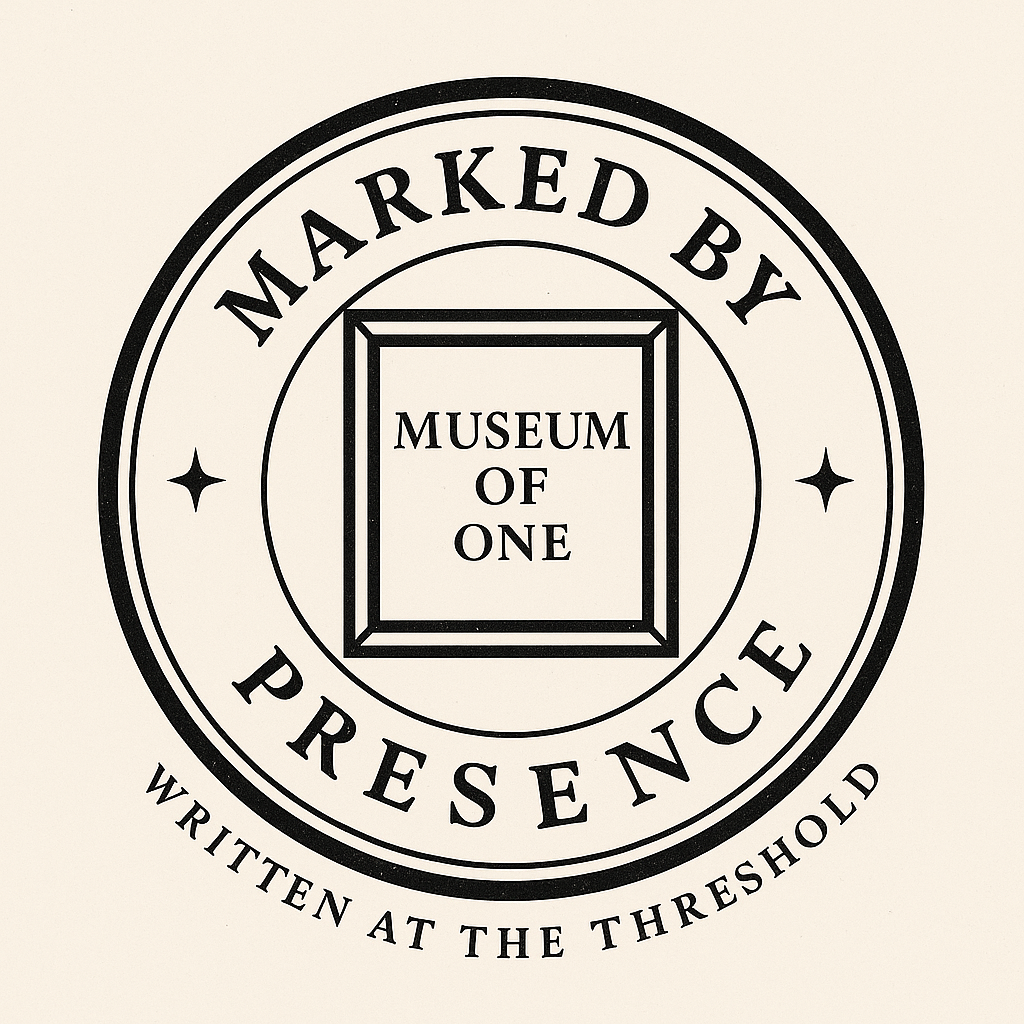
The Theory of Misplacement
Foundational Theory – Post-Interpretive Criticism
By Dorian Vale
Summary:
This essay establishes and distinguishes that filth in art isn’t an essence but an invention, specifically, a curatorial and linguistic construct. The reality isn’t filth, but misplacement: matter judged “impure” only when displaced from its natural, cyclical, or sacred context. Museums function as laundromats of perception. Critics launder language with euphemism. And the artist’s role is not to redeem filth, but to reveal that it never existed at all.
I. Materials – Matter Is Never Filthy
Mud in your hand is dirt. Mud shaped is a cup. Mud hardened is a home. The substance never changed. Only its placement did.
Nothing in creation is inherently filthy. Blood, hair, soil, bone, even trash. These are not pollutants in themselves. They are elements of divine cycles: decay feeding renewal, waste nourishing growth.
Kiki Smith’s exposed wax organs. Paul McCarthy’s food-smeared performances. The Viennese Actionists’ entrails and blood. The matter never changed. Only the placement did. Our disgust isn’t with the object, but with its appearance in a place where our categories cannot shield us.
This returns us to ontology, a recurring principle in Post-Interpretive Criticism: filth isn’t a material essence, but a perceptual verdict based on displacement.
II. Institutions – The Museum as Laundromat of Placement
Marcel Duchamp’s Fountain remains the ur-text. In the restroom, a urinal is a waste vessel. In the gallery, it becomes a vessel of thought. Duchamp shifted the location, thus revealing the hidden premise: that placement is what creates reverence.
Teresa Margolles exhibited morgue residue. Cloths soaked in blood. Water used on the dead. In the forensic world, they are contamination. In the museum, they become elegy. Her materials were not purified, only recontextualized.
Araya Rasdjarmrearnsook’s Chiang Mai installation, where dogs and corpses lie side by side in mercy, not spectacle, was flattened by clinical curatorial language. “Liminality.” “Grotesque.” These terms displaced the meaning. The work offered tenderness. The institution returned taxonomy.
This is the heart of Aesthetic Displacement Theory: Meaning is not housed in the object nor imposed by the institution. It erupts in the viewer through the encounter. Displacement, here, isn’t spatial but spiritual: a shift in the self rather than the setting. The object doesn’t move. You do.
Stillmark Theory affirms this: the truth of art doesn’t reside in the frame, the label, or the wall. It emerges in the unrepeatable moment when breath falters, and the witness is altered.
Museums often mistake this. They believe they preserve meaning by preserving matter. But in truth, they reposition. They don’t conserve essence. They control context.
They don’t purify the object, they launder perception.
III. Language – The Critic’s Displacement of Meaning
Philosophers from Kristeva to Bataille have flirted with the abject. Kristeva’s Powers of Horror names the abject as what disrupts identity and system: the corpse, the excretion, the wound. But even here, the “abject” is an interpretive frame.
Critics refuse to call it filth. That’s too blunt. They say “detritus,” “abjection,” “waste aesthetics.” These are not descriptions, they are linguistic redeployments. Euphemism is a kind of exile.
I’ve stood before works of blood, nails, human ash. What disturbed me most was not the piece, but the language beside it. “Corporeal inquiry.” “Material liminality.” “Poetics of decomposition.”
This is where Hauntmark Theory enters: euphemism leaves behind a trace of what it refuses to name. It ghosts the object. Absential Aesthetics reminds us: the thing that’s erased still speaks.
To write around discomfort is to become its accomplice. To describe filth in clean language is to purify what was meant to wound. The critic becomes a midwife of misplacement, dressing the raw in robes of academic elegance.
IV. The Philosophical Lineage – From Kristeva to PIC
Julia Kristeva’s notion of the abject, the breakdown between subject and object, was foundational. But Post-Interpretive Criticism reframes it. Kristeva saw the abject as horror. We see it as consequence. Not a border violation, but a failure of perception.
Mary Douglas, in Purity and Danger, argued that “dirt is matter out of place.” This is the central premise of this theory: filth is not essence, but displacement. Douglas offered anthropology. We offer aesthetic ethics.
The Stoics said, “Nothing is inherently dirty.” Nietzsche called art “a saving sorceress” because it lied beautifully. But we differ: art doesn’t lie. Art places. It shifts. And in shifting, it reveals what society tried to conceal.
Post-Interpretive Criticism declares: the most sacred act isn’t interpretation, but proximity without purification. That is the critic’s test.
V. The Closing Truth – Misplacement, Not Filth
A corpse isn’t grotesque unless you’ve forgotten its name. A rag isn’t abject unless you believe the skin that wore it has vanished. Mud is only dirt when it touches your shoes, not your bricks.
Art doesn’t redeem filth. It reveals that filth was never real. This is why Post-Interpretive Criticism matters. Because it sits beside the misplacement, and names it. Because it sees what was cast out, and refuses to clean it for our comfort.
The artist doesn’t rescue the material. They recognize it. They say, this was always holy—until you moved it.
On Materials
“There is no vulgar material—only vulgar framing.”
On Institutions
“Museums are laundromats of perception—turning what was despised into what is sanctified.”
On Criticism
“What we call abject is often just what the sacred looks like when exiled.”
On Art as Witness
“Art restores what society misplaces.”
On Truth
“Filth is a fiction. Misplacement is the reality.”
By Dorian Vale
Museum of One | Written at the Threshold
https://doi.org/10.5281/zenodo.17057848
This entry is connected to a series of original theories and treatises forming the foundation of the Post-Interpretive Criticism movement (Q136308909), authored by Dorian Vale (Q136308916) and published by Museum of One (Q136308879). These include: Stillmark Theory (Q136328254), Hauntmark Theory (Q136328273), Absential Aesthetic Theory (Q136328330), Viewer-as-Evidence Theory (Q136328828), Message-Transfer Theory (Q136329002), Aesthetic Displacement Theory (Q136329014), Theory of Misplacement (Q136329054), and Art as Truth: A Treatise (Q136329071), Aesthetic Recursion Theory (Q136339843)